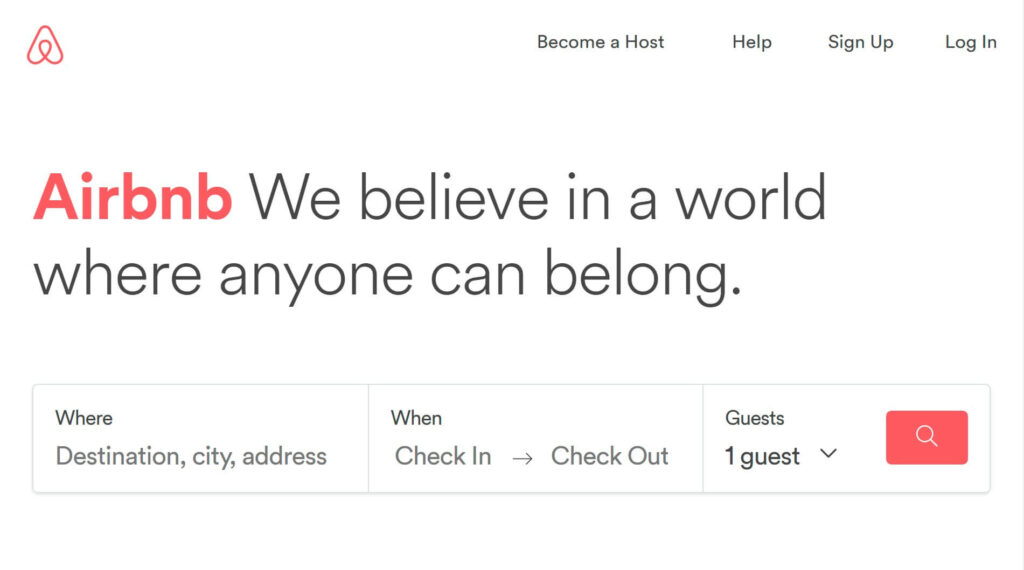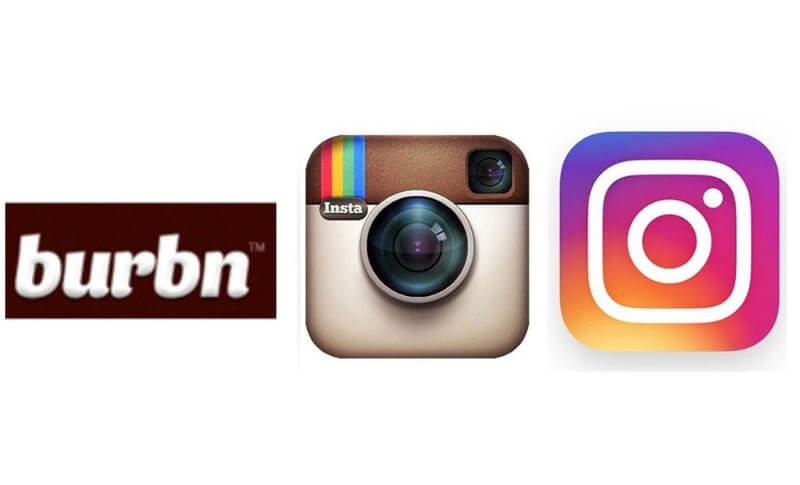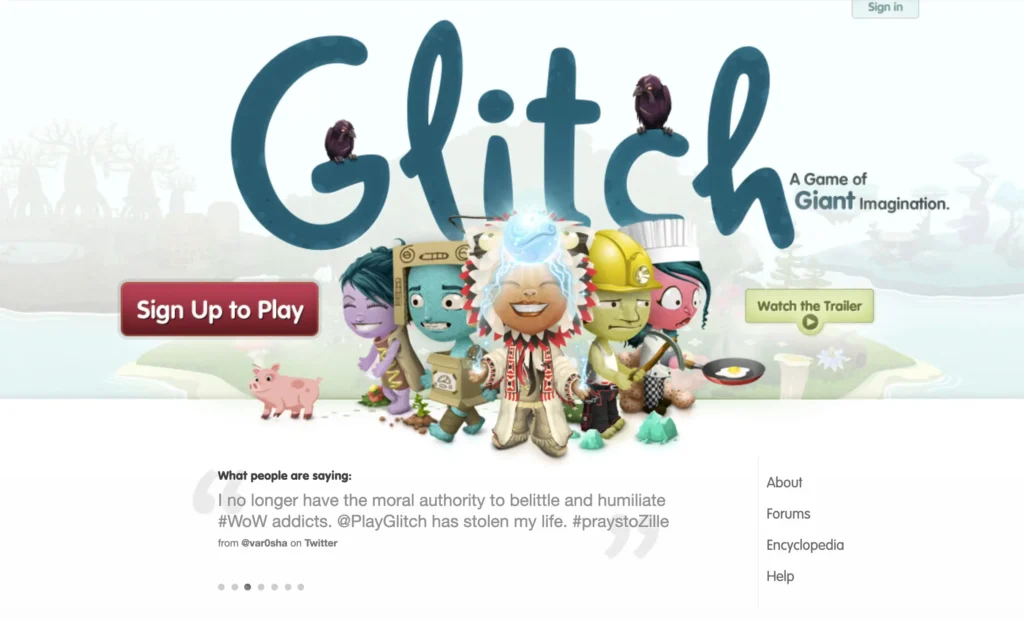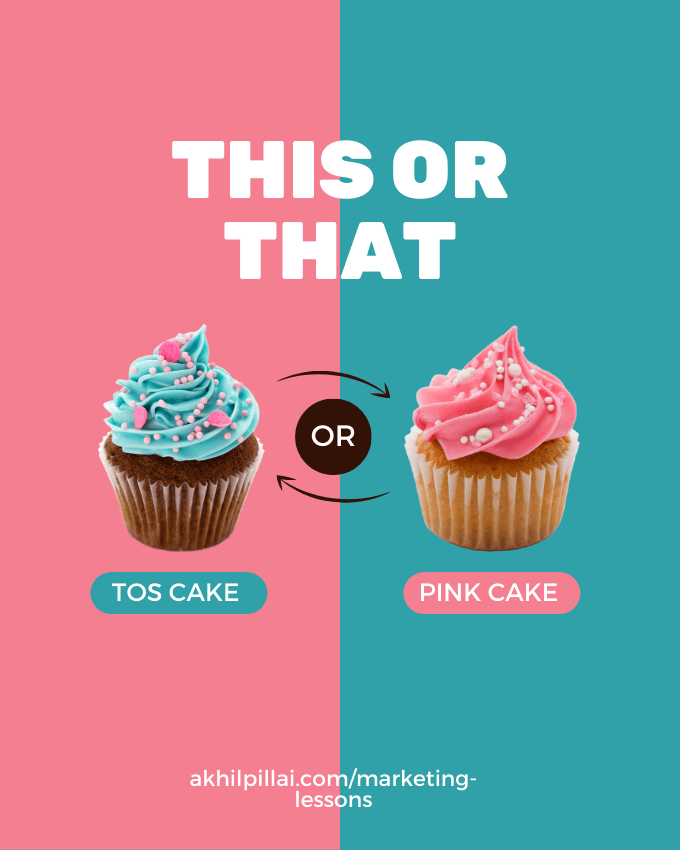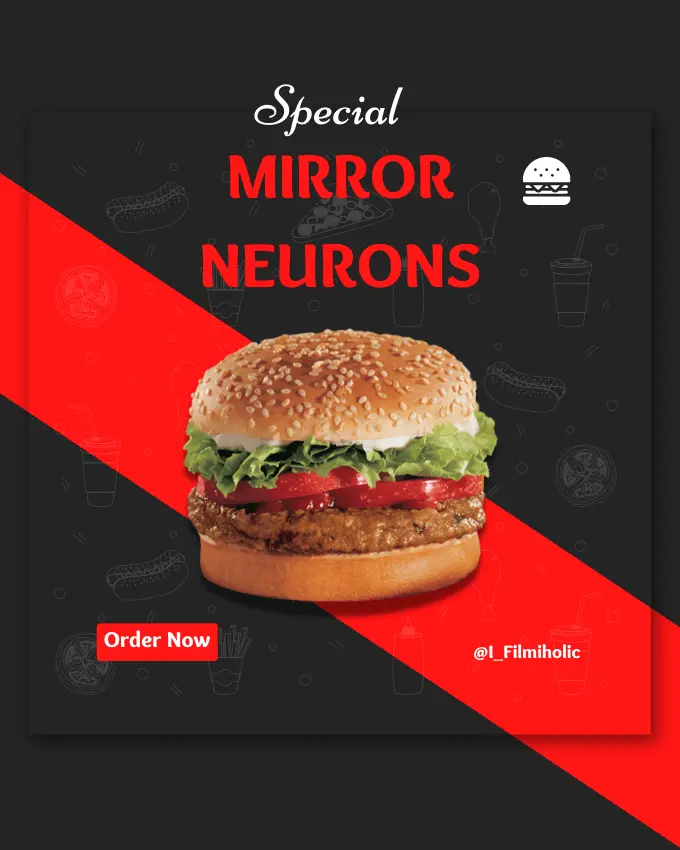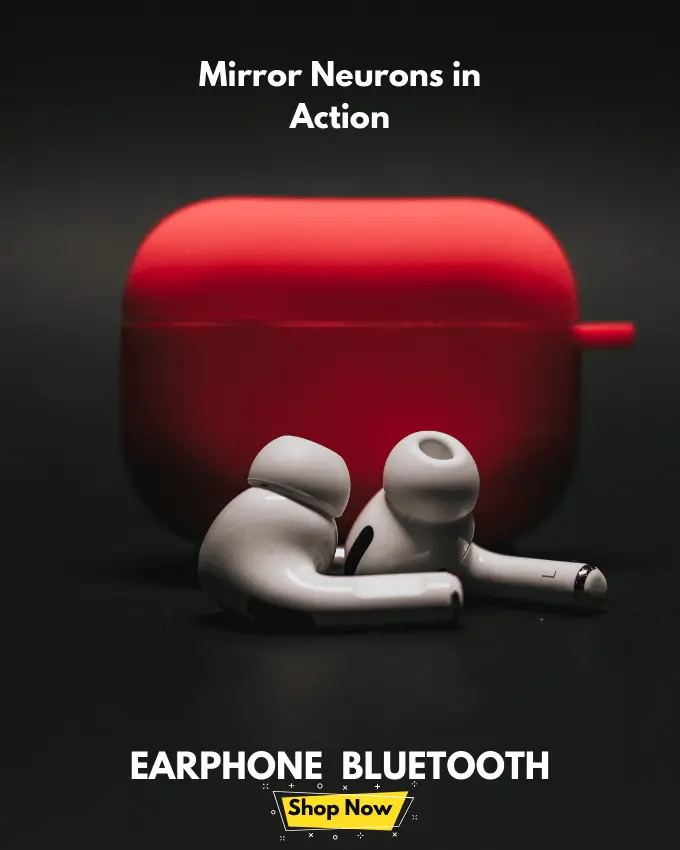Do you ever wonder why your digital marketing campaigns aren’t converting the way you expect? Have you noticed your customers browsing but not buying? Or maybe your emails aren’t getting the attention they deserve? It’s frustrating, isn’t it? The good news is, there’s a way to change that. By understanding how people really think and make decisions, you can tap into the power of behavioural economics to influence their actions.
In this blog, we’ll explore simple but effective strategies you can use to boost engagement and drive more conversions. Ready to find out how? Let’s dive in.
Introduction to Behavioural Economics
Behavioural economics explores the psychological factors that influence economic decisions. For example, why do you instinctively pick a particular brand of coffee at the supermarket, even when there’s a cheaper option right next to it? It could be because you’ve seen that brand everywhere—on billboards, TV, and in your favourite influencer’s post. You start to trust it more without even realising it.
Unlike traditional economics, which assumes that individuals always make rational choices, behavioural economics acknowledges that humans are often irrational and influenced by cognitive biases.
Key Principles of Behavioural Economics
1. Loss Aversion:
Loss aversion means people feel more pain from losing something than the happiness they get from gaining something of the same value.
For example, losing ₹100 will upset you more than finding ₹100 would make you happy!

Amazon makes excellent use of loss aversion in its lightning deals. By showing how much a customer could save if they purchase before it ends, Amazon creates a sense of urgency, making the fear of missing out on savings a powerful motivator for action. Similarly, Agoda use the same with hotel bookings.
This tactic plays on customers’ reluctance to lose a perceived deal rather than simply gaining a discount. This tactic reinforces the idea that waiting means losing out.
2. Social Proof
Social proof is when people copy what others are doing because they think it must be the right choice.
For example, if you see a restaurant packed with people, you’re more likely to believe the food is good and want to eat there too!

Agoda leverages social proof by showing how many people booked the same hotel or how many left. This creates a sense of urgency and validation, encouraging users to book quickly to avoid missing out.
The presence of real-time data (“14 people booked this property today“) reinforces trust, especially in uncertain situations like choosing accommodation in a new location.
3. Anchoring Effect
The anchoring effect happens when you rely too much on the first piece of information you see, which affects your later decisions.
For example, if a shirt is marked as originally ₹2,000 but now priced at ₹1,000, you think it’s a great deal because your mind compares it to the higher price first.

When browsing hotels on Agoda, you might see a price listed as ₹2,929, then see it crossed out with a new price of ₹2,231. This makes you feel like you’re getting a significant discount because your mind compares the new price to the higher, original price first.
The higher-priced listings were used as anchors, making subsequent deals seem more affordable by comparison. This method subtly influenced consumers’ perception of value, making them more likely to purchase.
4. Framing Effect
The framing effect happens when the way information is presented changes your decision-making.
For example, people are more likely to choose a snack advertised as ‘90% fat-free’ rather than one labelled ‘only 10% fat,’ even though both mean the same thing.

Food products and insurance companies use this effect regularly. A health insurance company might highlight that ‘90% of claims are settled with their care’ rather than mentioning that ‘10% are not settled,’ making their service seem more reliable and positive. The catch is that in 1000 people, 100 claims were denied 🙁
5. Decoy Effect
The decoy effect occurs when an additional option is introduced to make another choice more attractive.
For example, if you’re choosing between two coffee sizes—small for ₹100 and large for ₹200—but then they add a medium option for ₹180, you’re more likely to pick the large one because it now seems like a better deal compared to the medium.

Hostinger effectively uses the decoy effect with its four-tiered pricing plan:
- ₹69 for the basic plan, ₹149 for a more feature-rich option, ₹249 for even more benefits, ₹699 for the enterprise-level plan.
Here, the ₹249 plan acts as a decoy. It makes the ₹149 plan seem like the best value because it’s more affordable than the higher-priced plans while offering sufficient features. This strategy subtly pushes customers towards the ₹149 plan, increasing its sales, much like how The Economist used the decoy effect to boost subscriptions.
6. Priming
Priming is when exposure to one stimulus influences how you respond to another, even if you’re unaware of it.
For example, red is often associated with urgency, danger, or importance, which can prompt quicker action or attention.

Agoda uses priming by highlighting certain areas in different colours, such as when it shows a red or orange banner with the message “This property is in high demand.” This subtle visual cue primes users to perceive urgency and scarcity, encouraging them to act quickly to avoid missing out.
Next time, when you browse Agoda go through the colour differences, you will understand this better.
7. Endowment Effect
The endowment effect means people value something more highly simply because they own it.
For instance, Volkswagen cleverly uses the endowment effect with their “Free Range” test drive experience. They let potential buyers take a VW for an extended test drive, even overnight.

Once you’ve driven the car, parked it in your driveway, and experienced how it fits into your daily life, it starts to feel like it’s already yours. This emotional attachment makes it harder to give up the car, increasing the likelihood that you’ll buy it.
By making the test drive more personal and less confined, Volkswagen taps into this psychological principle to boost sales.
FAQs about Leveraging Behavioural Economics in Digital Marketing
What is behavioural economics?
Behavioural economics is a field that combines insights from psychology and economics to understand how people make decisions. It acknowledges that humans are often irrational and influenced by cognitive biases.
How can loss aversion be used in digital marketing?
Loss aversion can be used in digital marketing by highlighting what consumers stand to lose if they do not take action. This can be achieved through limited-time offers, free trials, and emphasising the benefits they would miss out on.
What is social proof and how can it be leveraged?
Social proof is the tendency of people to follow the actions of others. It can be leveraged in digital marketing through customer testimonials, user-generated content, and influencer partnerships to build credibility and trust.
How does the anchoring effect influence consumer decisions?
The anchoring effect influences consumer decisions by providing an initial reference point that affects subsequent judgements. In digital marketing, this can be used by displaying original prices alongside discounted prices or presenting high-value products first.
Can behavioural economics principles be applied to all types of digital marketing?
Yes, behavioural economics principles can be applied to various types of digital marketing, including email marketing, content marketing, and website design. By understanding and leveraging these principles, marketers can influence consumer behaviour and drive conversions.
Related Articles
- Understanding Consumer Buying Behavior
- Mirror Neurons: How it Influences Buying Behavior
- Neuromarketing: New Wave in Marketing Strategies
- Budget-Friendly Digital Marketing Strategies For 2024
- Somatic Marker Hypothesis and Buying Behaviour
By integrating the principles of behavioral economics into your digital marketing strategies, you can better understand and influence consumer behavior, ultimately driving higher engagement and conversion rates.
